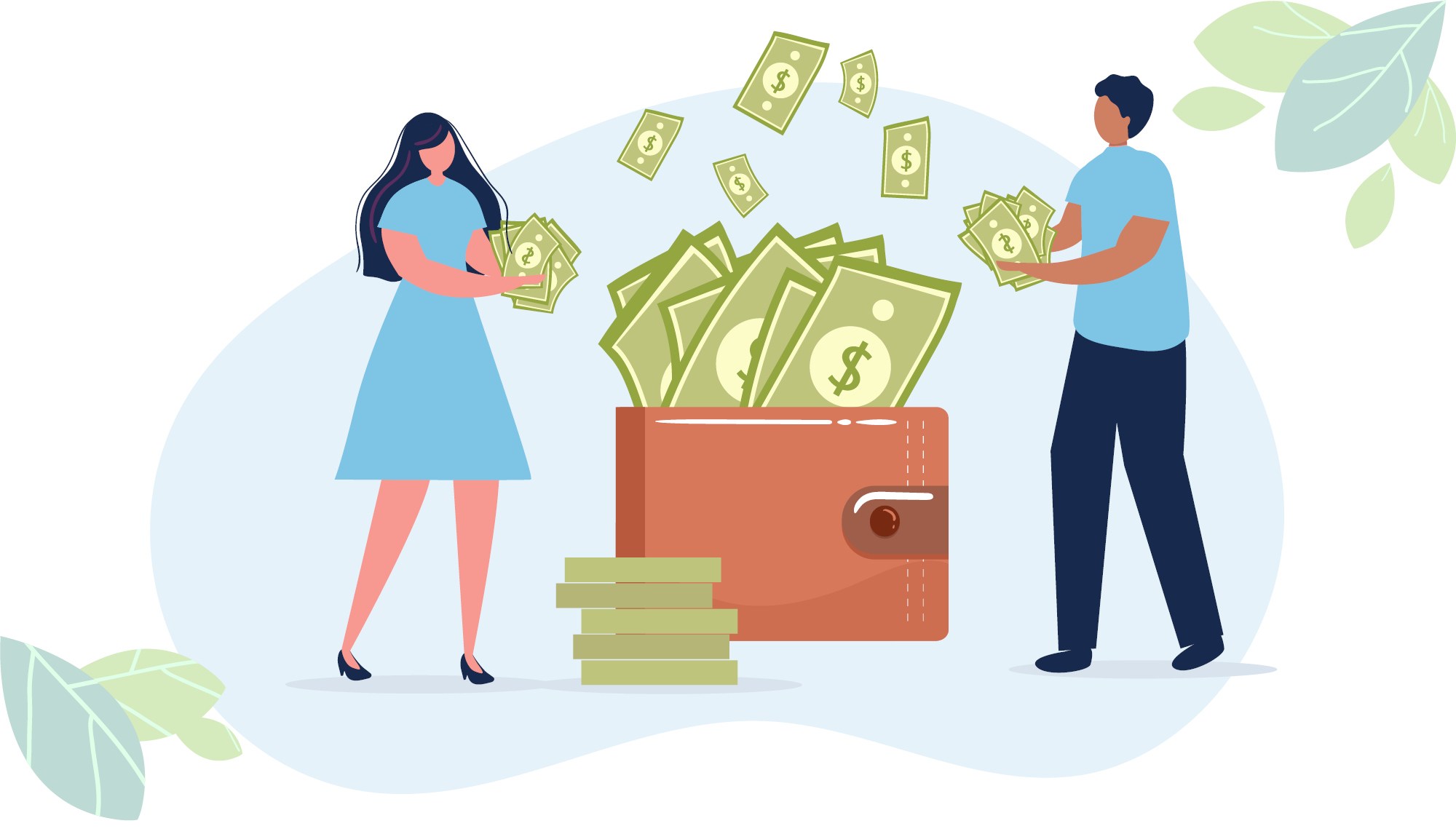Many homebuyers are put off by the thought of saving for a 20 percent down payment on a house. The good news? That rule doesn’t always apply. Today, homebuyers successfully purchase with as little as 0 to 3.5 percent down, depending on the loan program.
A large down payment has benefits if you have it, giving you the potential for higher home equity, a lower mortgage payment, and avoiding paying monthly private mortgage insurance (PMI). But plenty of loans with a low or no down payment exist, and there are also options for decreasing it.
The latest Profile of Home Buyers and Sellers shows that the median down payment for all homebuyers is 18 percent, dropping to 9 percent for first-time buyers.
8 ways to make your down payment cheaper
Here are some strong strategies to start with:
1. Ask about a USDA or VA loan
Veterans and active-duty military may qualify for VA loans with zero down payment, while USDA loans offer the same benefit for buyers in eligible rural and suburban areas. If you’re not military-affiliated and are willing to live outside a city, try searching USDA-eligible homes to eliminate your down payment. USDA loans typically come with a lower interest rate compared to conventional loans.
2. See if you’re eligible for down payment assistance (DPA)
There are thousands of programs that offer financial help with down payment/closing costs. Most vary by location. Some programs offer a percentage of a loan’s value that can be put toward a down payment; normally, income and home price limits apply. Just ask your loan officer, Google “down payment assistance grants + [your city/county/state],” or use this search tool.
How can we help? Contact your local Cornerstone loan officer to find out which DPA programs you may qualify for.
3. Look for lender credits
When buying a new construction home, some builders offer preferred lender credits—incentive for using their lender partner. These credits can be applied toward closing costs or used for an interest rate buydown. While you can’t use the credit toward your down payment, it can help to reduce the cash needed at closing, freeing up extra funds.
4. Ask for seller credits
Like a lender, a seller can’t fund your down payment directly. But if you pay asking price, a seller might be willing to credit your closing costs, freeing up more money for your down payment. This is called a seller concession. Once closing is covered, any excess can be used to pay prepaid PMI or homeowners insurance—again, indirectly reducing your down payment.
5. Use gift funds
Family members can gift up to $19,000 per person annually without triggering a gift tax—and married couples can combine their limits to gift $38,000 together. This means parents who are able could potentially gift $38,000, while grandparents could also contribute the maximum amount. When using gift funds for a down payment, a signed gift letter and bank documentation verifying funds may be required.
6. Use a 401(k)
Your 401(k) offers two ways to access funds: a loan (which you repay to yourself without tax penalties) or a hardship withdrawal (which triggers taxes and potential penalties). Some buyers use 401(k) loans strategically when selling one home while buying another since the paid interest goes back into your account. Before tapping into retirement funds, contact your plan administrator and tax advisor.
7. Look into employer assistance
Many employers now offer homebuyer assistance programs as part of their benefits packages, providing low-interest loans, matching funds, or cash assistance. For example, companies that partner with Cornerstone may offer a homebuying incentive, like a closing credit. Check with your HR department to see if your employer offers homebuyer benefits—you might be surprised by what’s available.
8. Save your tax refund
Tax refunds can boost your down payment fund, with the average refund amount exceeding $3,000. This sum could cover a substantial portion of your down payment or closing costs, especially when combined with a low down payment loan program. If you’re planning to buy a home, consider adjusting your tax withholdings now to maximize your refund and create a built-in savings plan.
If you want to lower your down payment:
Get in touch. Your local Cornerstone loan officer can help you find out which low/no down payment loans and down payment assistance programs you may qualify for.
Sources deemed reliable but not guaranteed. For educational purposes only.

